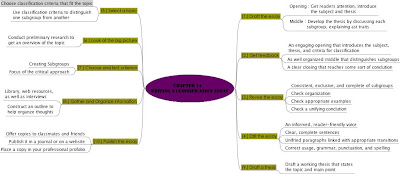Iphone vs Blackberry
The blackberry was introduced in 1999 not as a phone but as a two way pager. The more popular smart phone format was released later in 2002 and has gained instant popularity among businessmen due to its heavy concentration on email services. As of that time, only the blackberry has push email capabilities, sending and receiving emails as if they were text messages.
The iphone was released around five years later than the Blackberry and was introduced as a phone with multiple capabilities. There was so much hype around the release of the iphone due to its innovative features and very intriguing design that have redefined the look of a smart phone since then. The iphone has lived up to the hype for most parts and is still a very prominent style icon.
It is quite difficult to compare the two since they are meant for different segments of the market. The iphone can do what the blackberry does but not so well, the same could also be said about the opposite. The focus of email writing in the blackberry meant that the QWERTY Hardware keyboard is always present. The speed and tactile feel of buttons is simply unmatchable by the touch screen interface of the iphone. The supporting servers of RIM, the makers of blackberry, also prove to be a big plus in its dominance amongst the businessmen who needs their emails fast. But we can now see that blackberry is beginning to lose its market share in hardware, giving other mobile makers permission to use their software like Nokia, Motorola, and HTC.
It is so hard to list all the advantages of the iphone over the blackberry, that’s why I started with telling the upsides of blackberry. Since those two are the only things that it has over the iphone. Typing with the iphone on screen keyboard is just not as fast as a hardware keyboard, although the iphone wouldn’t be as it is if it had a hardware keyboard. The lack of push email functionality also means that you must constantly check if new mail has arrived. Aside from that, everything is far superior in the iphone. Not to mention the fact that the blackberry is nowhere near the cool factor of the iphone, not even in the same ballpark.























